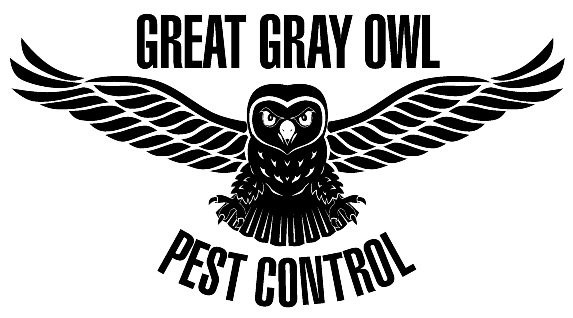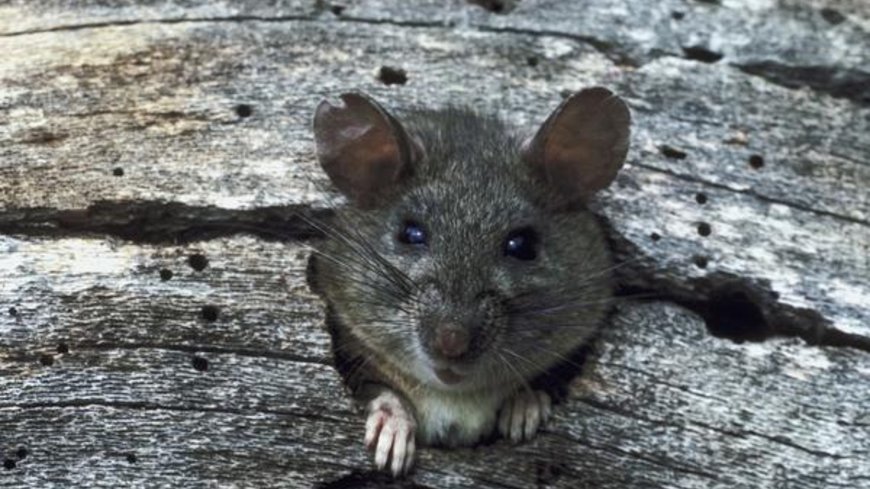Rats
When rats invade your space, it's time to give us a call. Professional pest control is the only way you're going to beat a rat infestation. Our multi-step rat-baiting program successfully eliminates rats from homes, farms, and outbuildings. We do not use traps or glue boards in our rodent services.

Norway Rats Reproduction
Female Norway rats reach sexual maturity early and can get pregnant shortly after birth. Thriving in an indoor environment such as your home, healthy female Norway rats can potentially birth 200 babies per year. However, the norm is about 8 to 10 babies per litter. A female rat has 12 teats and will often have that number of babies which they can naturally nurture. But 15 to 16 babies in a single litter is possible.
The gestation period for Norway rats is about three weeks and a healthy female may give birth to a litter every three to four weeks. A healthy rat will therefore produce 30 to 60 rats a year. In a heavy rat infestation there will be several females each doing their part to create a rat infestation that quickly spirals out of control.
What is the Difference Between the Norway Rat and the Roof Rat by Susan Dorling
Scratching, squeaking, squealing and squabbling, roof rats (Rattus rattus) boldly announce their presence in buildings they inhabit. Scurrying across rafters, nesting in attics and sneaking into kitchens for midnight snacks, these highly adaptable disease-carriers strike terror in the hearts of homeowners. Their equally unwelcome relatives, Norway rats (Rattus norvegicus), patrol basements and lower levels of buildings, sewers and subways. Thus, a difference between roof rats and Norway rats is habitat preference, in addition to variations in physical appearance and behavioral characteristics. Read more...


